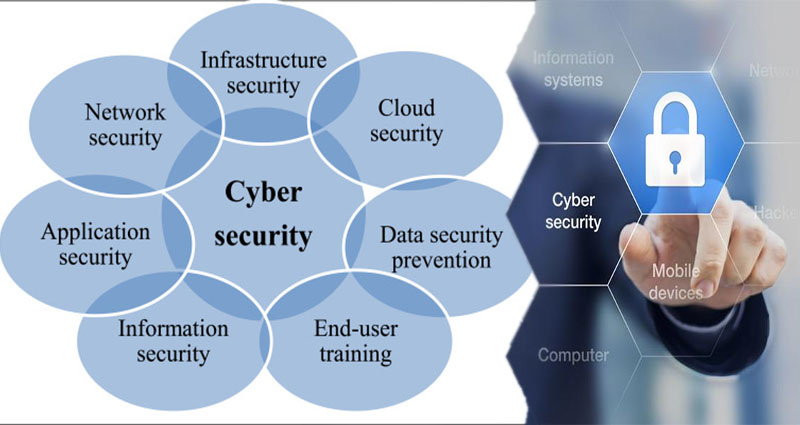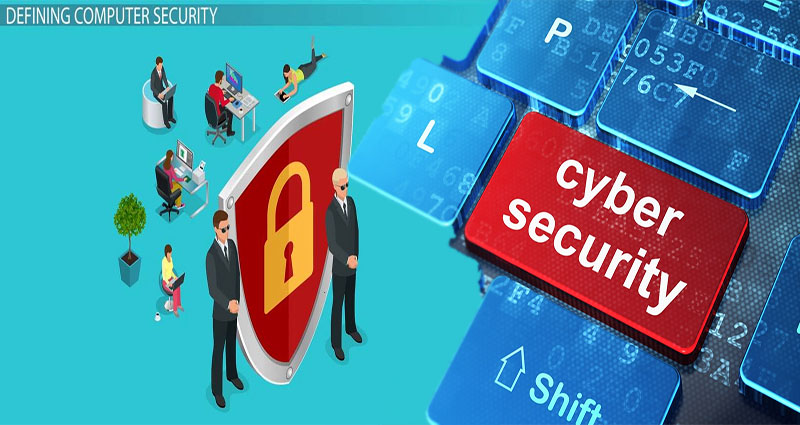Types of Computer Security
There are several types of computer security. The most basic are Anti-virus, HSMs, Parental controls, and Firewalls. To learn more, read on. This article will discuss these types in more detail. If you’re looking for ways to secure your computer, read on to learn more. After reading this article, you’ll be well on your way to secure your machine. Let’s get started. Here are some examples of these security systems.
Anti-virus
The most basic form of computer security is antivirus software, but there are many other forms of protection available. Aside from running on individual computers, other forms of computer security include firewalls and Unified Threat Management. Some anti-virus software uses a heuristic approach, looking for files with characteristics that are similar to known malware.
Increasingly sophisticated artificial intelligence and machine learning technologies help antivirus software recognize new threats and improve their detection rates.
HSMs
Hardware security modules (HSMs) are a new class of device that provide key management, authentication and digital signing capabilities. In addition to providing encryption and authentication capabilities, HSMs also provide control and data encryption. Some HSMs are built-in and others are external devices. The differences between HSMs and TPMs include their cost, functionality and availability. TPMs provide general built-in processing environments, while HSMs specialize in cryptographic operations and secret key management.
Parental controls
If you have children and want to ensure they use the internet safely, you should install parental controls on their devices. These allow you to monitor their online activity and block specific websites or apps. You can also alter their settings to reflect their age and skills. Keep it Real online is a campaign that encourages parents to use parental controls on their children’s devices. However, if you don’t want to monitor everything your children do online, you can turn to parental … Continue reading >>>











